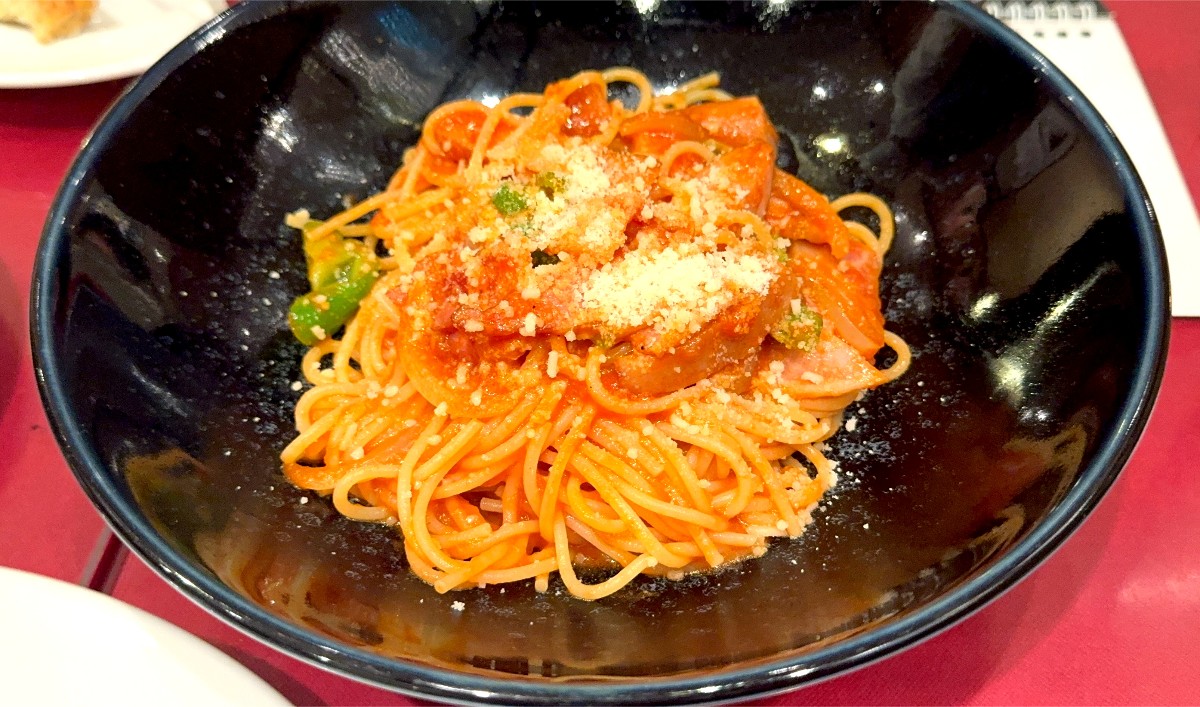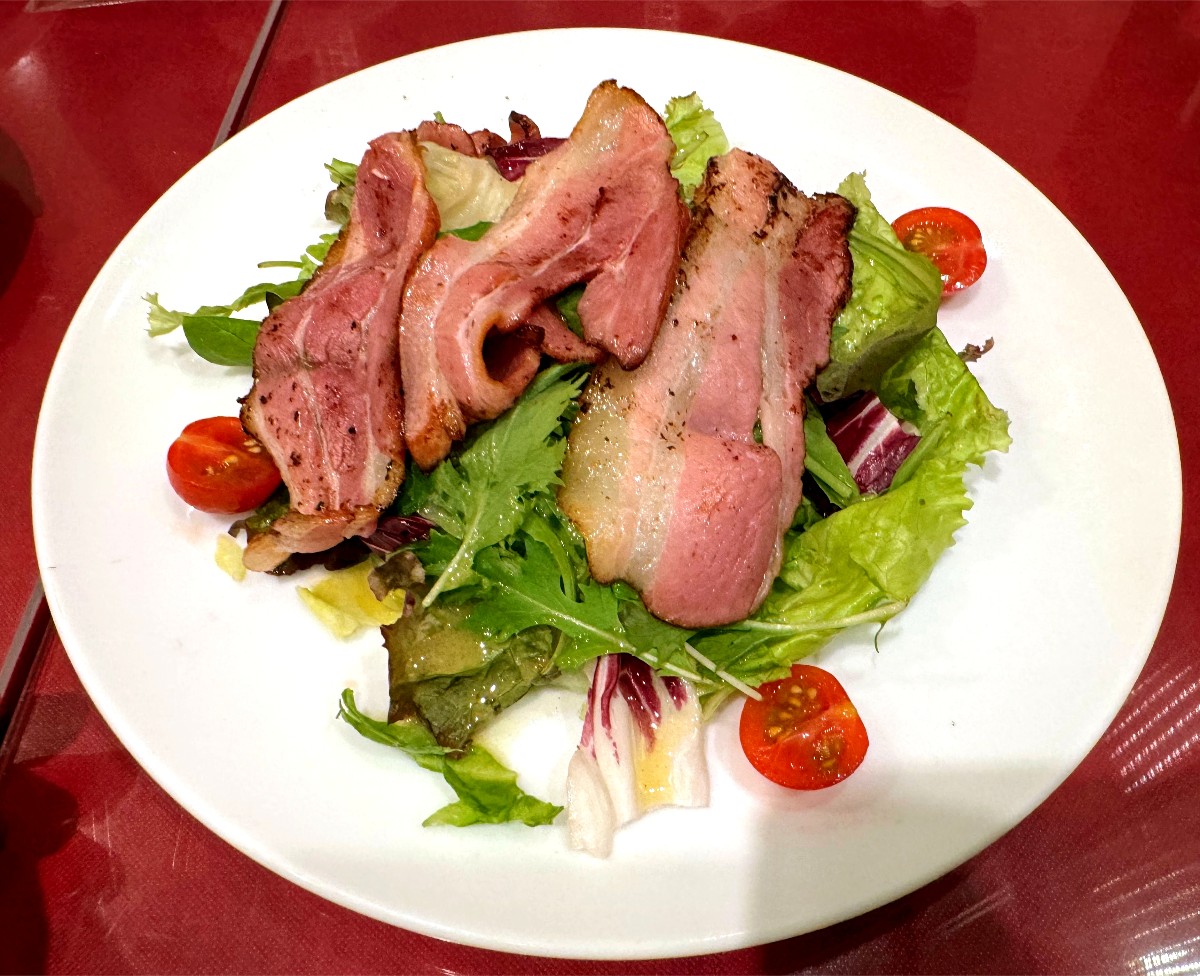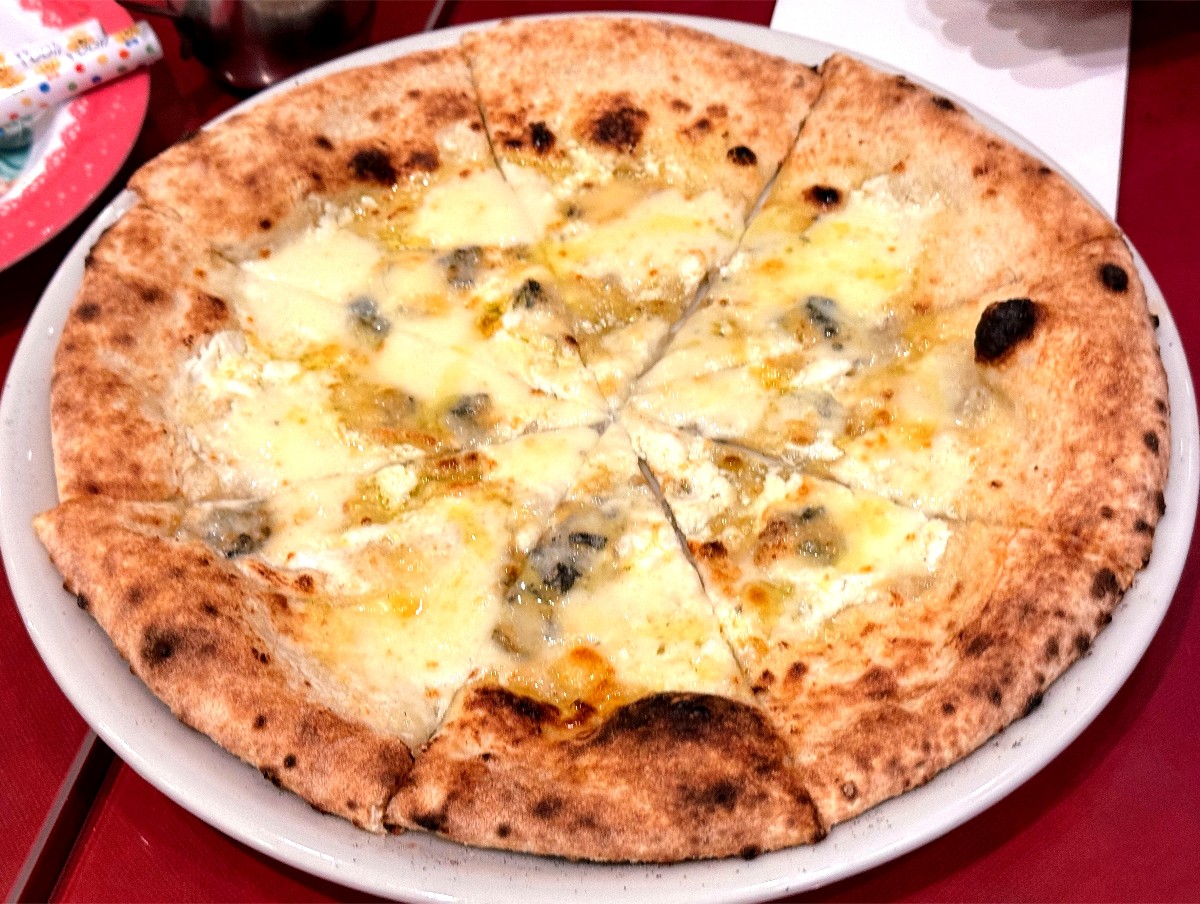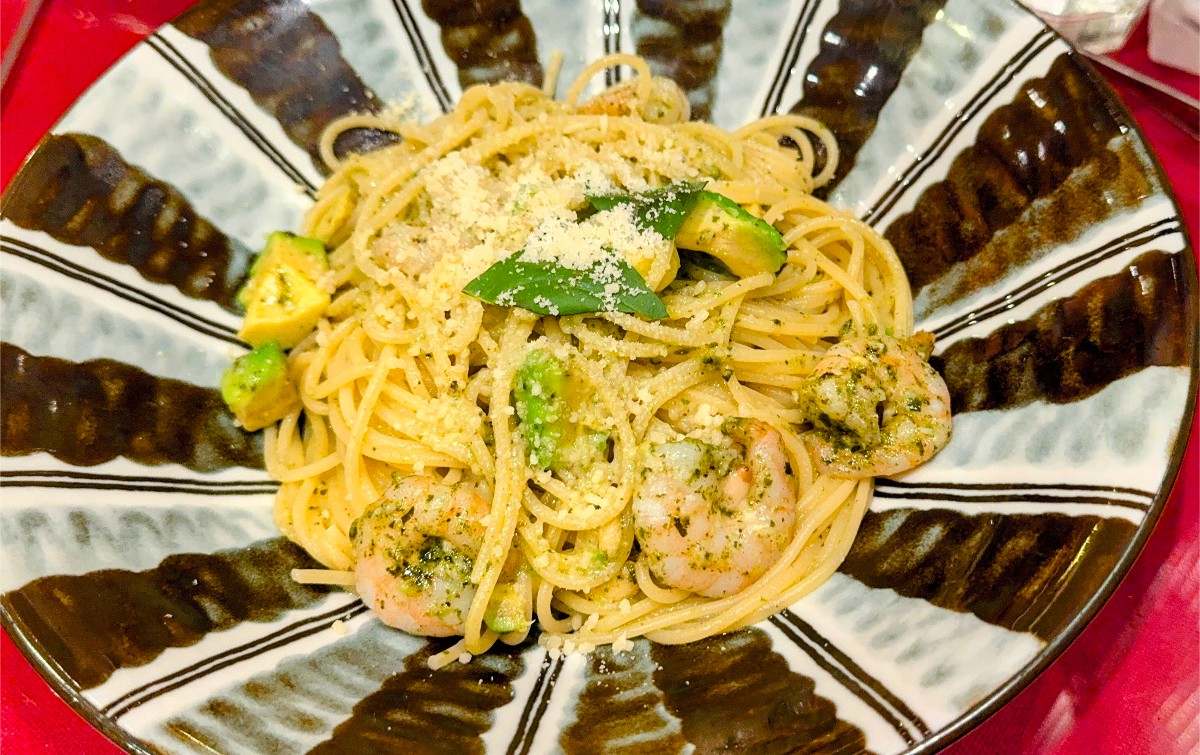Reunion at Hibiya, a Cultural Crossroads
On June 9, 2024, during a refreshing afternoon between rainy days, I reunited with a long-unseen friend at “Kabe no Ana” (Hole in the Wall) in a corner of Hibiya Chanter. Hibiya is a place that symbolizes Japan’s modernization since the Meiji era, serving as Tokyo’s cultural heart where government districts, commercial areas, and cultural facilities harmonize exquisitely.

The time spent with my friend here holds meaning beyond mere dining. “Kabe no Ana,” which opened in 1953 in Tamura-cho, Chuo-ku, Tokyo, is also a living witness to an era when post-war Japanese people harbored yearning for Western culture. The spaghetti savored at this restaurant contains countless human dramas woven over 71 years.
The Origin of the Spaghetti Revolution Born in the Showa Era
Unraveling the history of “Kabe no Ana” reveals it to be a microcosm of post-war Japan’s food culture revolution. In 1953, when even the word “spaghetti” was not yet common, the founder opened a spaghetti specialty shop with the unique name “Hole in the Wall.”
This shop name “Hole in the Wall” carries deep meaning. Adopting this expression, which refers to “hidden gems” in English-speaking countries, symbolizes the founder’s foresight and the yearning for Western culture that Japanese people held at the time. Considering the historical context of Showa 28 (1953), this was an extremely innovative challenge.

In post-war reconstruction Japan, Western food held special status. This was also the era when Napolitan, a uniquely Japanese spaghetti dish, was born, and “Kabe no Ana” has continued to stand at the forefront of this cultural evolution. The bacon salad shared with my friend carries the weight of such history. The fragrant aroma of grilled bacon also conveys the taste of “Western food luxury” that post-war Japanese people yearned for to the present day.
The Depths of Flavor Woven by Friendship as Seasoning
Conversations shared during long-overdue reunions enrich the taste of food manifold. Like “fermentation” in human relationships, friendship matured over time is a magical seasoning that makes food more delicious than any premium spice.

While savoring the harmony woven by four types of cheese, we talked about memories from our student days, current work, and future dreams. Just as different lactic acid bacteria create different flavors in cheese, our conversations, enriched by life experiences, have developed depth and complexity different from before.
Kabe no Ana’s four-cheese pizza beautifully harmonizes the saltiness of Gorgonzola, the gentleness of mozzarella, the richness of Parmigiano, and the character of the fourth cheese. This is exactly a symbol of friendship as well—each maintaining individuality while creating beautiful harmony as a whole.
The Cultural Story Woven by the Hibiya-Yurakucho Area
The location at Hibiya Chanter also holds deep significance. This area developed as a foreign settlement during the Meiji era and flourished as Japan’s cultural center during the Taisho and Showa periods. This region, lined with the Imperial Theatre, Hibiya Public Hall, and numerous movie theaters, continues to be the stage for Japan’s modern cultural development.
“Kabe no Ana,” located just a short walk from Yurakucho Station, has been nurtured exactly within this cultural soil. The fact that it has been beloved for 71 years in this area where Ginza’s sophistication, Marunouchi’s business district functionality, and the traditional beauty of the Imperial Palace intersect is surely no mere coincidence.

While savoring the seafood and avocado spaghetti, I reflected. This dish is also a symbol of East-West fusion. Avocado, an ingredient native to South America, Japanese coastal seafood, and pasta originating from Italy are magnificently combined. This is the essence of modern Japanese food culture, representing the depth of Tokyo as an international city.
Showa Western Food Culture Living in the Present
Looking at “Kabe no Ana’s” menu, you can clearly see how Showa-era Western food culture has been passed down to the present. Standard menu items like Napolitan, meat sauce, and carbonara have “Japanized” flavors different from their Italian originals.
This is a phenomenon that could be called cultural translation. When accepting foreign cultures, Japanese people have always evolved them uniquely to match their own tastes and aesthetic sensibilities. The spirit of “wa-kei-sei-jaku” (harmony, respect, purity, tranquility) from tea ceremony also breathes within Western food culture.
In our conversation, we shared memories of Western restaurants we frequently visited during our student days. We were reminded anew that the “nostalgic flavors” in each of our memories were actually products of such uniquely Japanese Western food culture.
Contemplation of Time and Memory Through Dining
The act of dining holds cultural and social meaning beyond mere nutrition intake. Particularly, dining with long-time friends is also a precious ritual connecting past, present, and future.
The meaning of dining at long-established restaurants like “Kabe no Ana” also involves sharing the time and memories that the restaurant has accumulated. For 71 years, countless people have dined together here, conversed, and celebrated life’s milestones. We, too, are becoming part of that history.
The reunion with my friend was also an experience that made me feel anew the mystery of time. Despite meeting after a long absence, there was unchanged familiarity while also new discoveries. This is surely proof that true friendship possesses qualities that transcend time.
The Value of “Place” in Modern Society
In our increasingly digital modern society, the value of physical “places” like “Kabe no Ana” may actually be increasing. As online communication becomes mainstream, we need to recognize anew the preciousness of actually sharing meals in the same space and experiencing with all five senses.
The location at Hibiya Chanter is also one element that enhances the value of this “place.” Despite being in the city center, this area has appropriate tranquility and is filled with cultural atmosphere, providing an optimal environment for deep conversations.
Future Prospects Woven by Friendship and Food Culture
The time spent with my friend at “Kabe no Ana,” with its 71-year history, was an experience that simultaneously inspired respect for the past and hope for the future. The existence of this restaurant, beloved from Showa to Reiwa eras, teaches us the importance of “unchanging values” in our rapidly changing modern society.
The reunion with my friend also became an opportunity to reconfirm “unchanging values” in human relationships. No matter how much times change, the joy of sharing delicious meals and connecting hearts remains constant.
For domestic and international intellectuals, cultivated people, and true gourmets, experiences at long-established restaurants like “Kabe no Ana” offer opportunities for cultural exploration beyond mere dining. Here are countless things to learn about post-war Japanese cultural history, the evolution of food culture, and the essence of human relationships.
Next time you spend time with important people, why not choose such places rich in history and culture? The conversations shared there will surely hold special meaning.